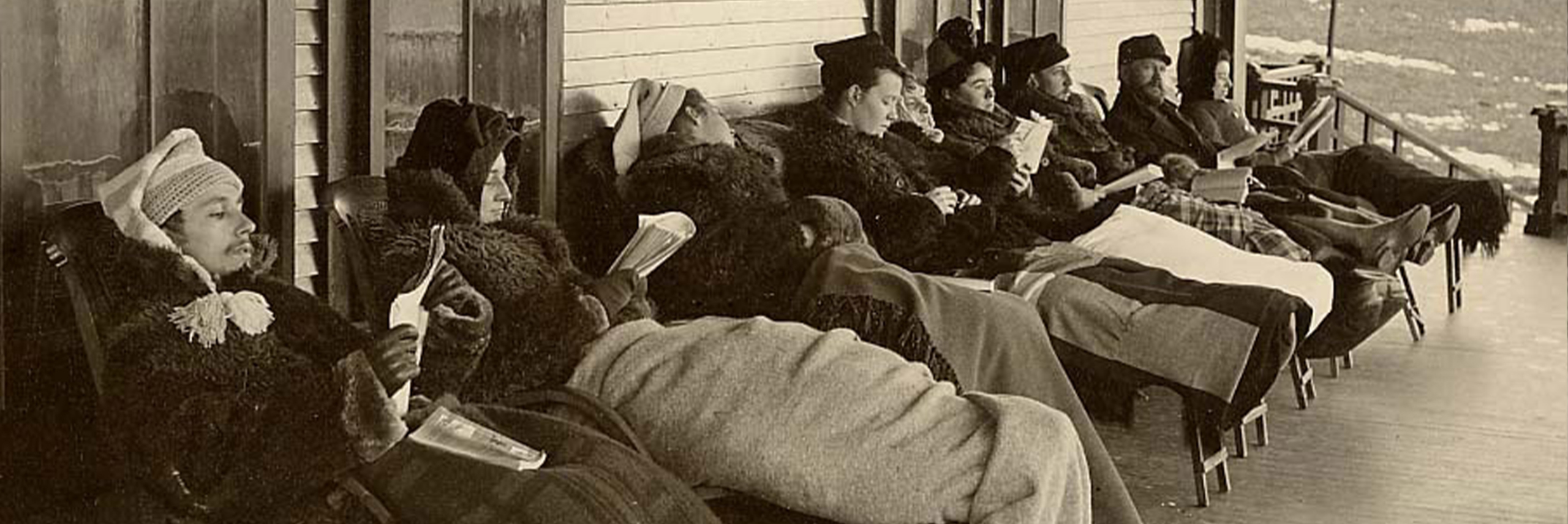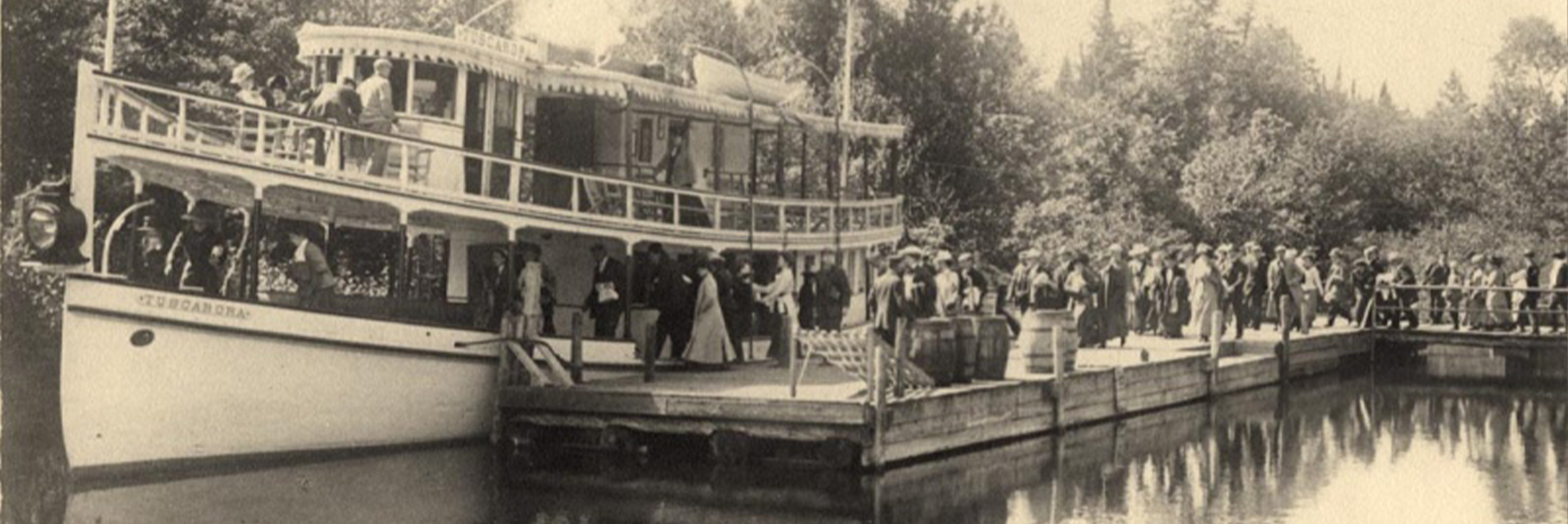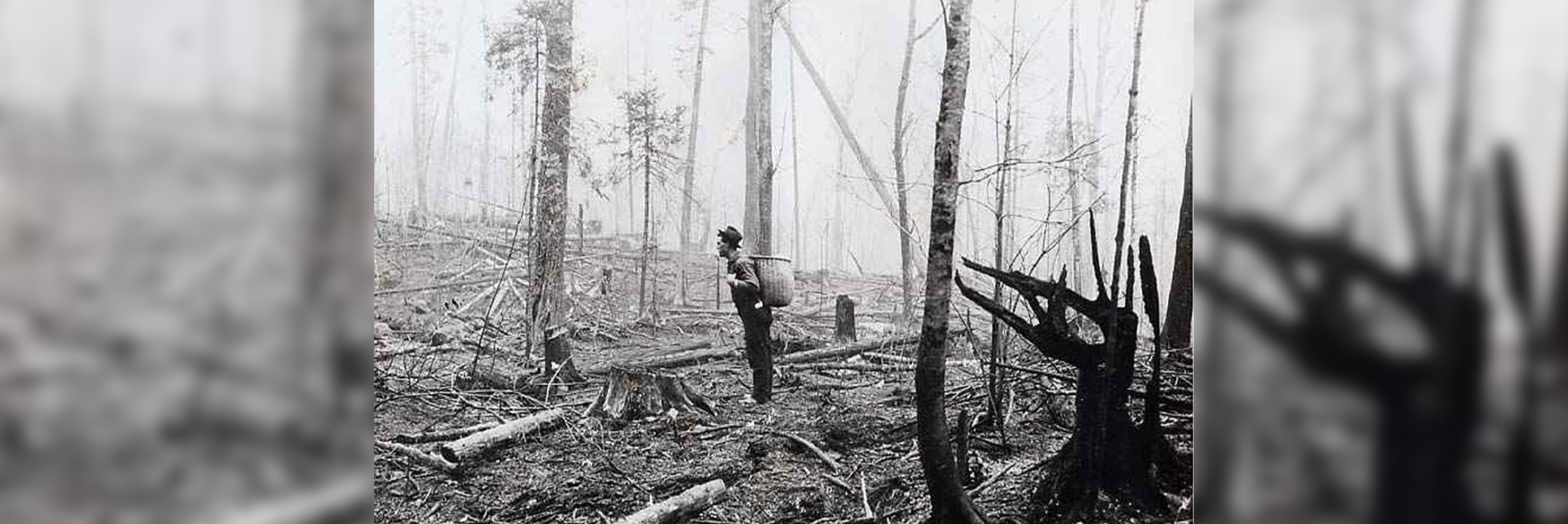Fire Towers
Have you ever hiked an Adirondack mountain with a fire tower? Were you able to climb up to enjoy the view? Do you know about the important function the towers served in the region?
During the early 1900s, a number of forest fires wreaked havoc in the Adirondacks. As a result, the State of New York built lookouts at the top of mountains and hired observers for early fire detection. The observers would pinpoint the location of fires and communicate with ground crews to direct them to the source.
In time, the towers became popular hiking destinations. The observers working in them were a source of knowledge for visitors about fire protection and environmental awareness. By the early 1970s aircraft were increasingly used for fire detection; a single plane could survey a vast stretch of land. Fire towers were more expensive to man; each tower required someone on duty from April through October. Their use was slowly discontinued.
At one time there were fire towers at 124 locations in New York State, fifty-seven were located within the Adirondack Park. Now there are thirty-four fire towers remaining, twenty of which are on state land. (www.dec.ny.gov/lands/62283.html)
With time many of the structures have deteriorated. As the towers age and questions about land classification and compliance with the Adirondack Park’s State Land Master Plan arise, the debate over preservation versus removal has zealous supporters on each side. Those in favor of saving fire towers argue that the towers are significant reminders of the region’s history and heritage. Advocates for removal argue that only a Wilderness classification can protect these lands from future degradation, or the building of non-compliant structures.
The Adirondack Park Agency (APA) has proposed three methods to resolve the issue of the fire towers. The first is to reclassify a small area around the base of the fire tower as a Historic Area. The remaining land surrounding the fire towers can be classified as Wilderness. The second is to revise the State Land Master Plan to allow towers under certain conditions. The third would be “No Action;” the APA would not take steps to review revisions and towers could be removed as “non-conforming structures in Canoe and Primitive areas. (www.apa.state.ny.us)
Supporters argue that with repair the towers once again can serve as educational tools, teaching visitors about the history of fire prevention and ways to be environmentally aware in the future. An example of a way in which the towers are used educationally is the Adirondack Mountain Club’s Fire Tower Challenge. Hikers are asked to document their experience through an essay and describe what they have seen along their trip, whether it be interesting vegetation or a stunning view. They are also asked to think about what it might have been like for the observer that was once perched atop the fire tower. This challenges visitors to “learn more about nature, the protection of the environment, and outdoor skills.” (www.adk-gfs.org/fire_tower_brochure.pdf)









